We started out going through the thrift clothing stores, but now we’re searching around for other sources. Most of the photos of the miners at Blair Mountain show them wearing every day clothes vs. work clothing, with the exception of over alls and denim trousers.
This is a basic listen of items that one can use to do a reasonably accurate impression.
Clothing for the Miners would have been denim over alls and a red bandanna. Overalls tended to be a mass produced item of clothing with the first commercial “do it at home” patterns for these garments coming out in the early 1870’s. The straps are generally fairly narrow and can be either stitched or buttoned at the rear and at this time it seems that overalls usually have a button instead of a buckle to secure the straps in place on front of the chest. The most common material for overalls for this period is going to be denim and to a lesser extent waterproof material. The slits tend to be reinforced to prevent tearing. The garments for this time period can be without pockets but it seems that two patch pockets in the front below the waist level is very common as are two back patch pockets in addition. Pockets on the bib are correct for this time period, but full chest sized ones don’t seem overly common. Smaller seems to be more common. This are difficult to find in reproduction form. A few Civil War and Western vendors have offered patterns in the past, so getting them custom made is probably your easiest route.
Shirts would have varied from man to man, though the styles back in the early 1920s looked closer to the Victorian and Edwardian pull over style with three to four buttons that reached to mid-chest. Wool flannel was a popular material and sturdy. Chambray was also used. Cotton shirts are also correct. Contrary to what some reenactors suggest, collared shirts were around. Most of us have the “Grandfather” shirts, but we’re pushing people to more period correct shirts. Again, some of the westernwear shops have plain shirts with slightly pointed collars that are correct. When worn with the red bandanna, you’ll have an image just like many shown in period photos.
It appears that the most common types of pants seen in photos of civilians are the standard trouser pattern dating from the mid 1800’s, the biggest difference is that many of these high waisted pants also had belt loops. These trousers are generally called fish tails because of the V shape on the back. Most had adjuster pads on the back, as well. If this is not available, use simple straight legged trouser. They should be of period materials and design. Wool, denim, or corduroy is the best choice. Trousers are indeed the most challenging part, as the ones you’ll often find in the thrift shops are going to gave zipper flies and are too short in the waist. Therefore, those black or dark grey or denim “westernwear” trousers can fill the gap. They are ‘mostly’ cut correct, except you’ll want to make a one inch (1″) cuff at the bottom of the legs.
Red Bandannas: A characteristic of the miners in the Coal War of 1920-21 was the red bandanna that was worn around his neck; it was a part of the revolting miner’s “uniform.” Not only was it used to identify one insurgent from the next, but it also helped unify the group. Paisley on cotton and wool in the 19th Century was major and by the beginning of the 20th century the paisley pattern was being printed, rather than woven, onto other textiles, including cotton squares which were the precursors of the modern bandanna. Being able to purchase printed paisley rather than woven paisley brought the price of the costly pattern down and added to its popularity. Avoid modern “railroad” paisley patterns or modern bandannas, these are not correct for the era.
A variety of jackets appear in photos of the civilian population. The most common type appears to be that of a suit coat or chore coat style in a variety of colors, styles and materials. Chore coats were generally loose fitting. Most had three-four buttons and had 3-4 patch pockets, these were usually made of cotton drill or denim. If you use a suit coat it should have 3-4 button front, no splitin the back, one breast/two lower pockets with flaps, or patch pockets, and ideally in a darker plain tone. A vest should have six to eight buttons, so that when worn with the coat you can see the top of the vest. Pockets should be w/o flaps. The bottom of the vest should meet in an offset ‘V’, suggesting a ‘W’.
There were a variety of shoe styles in use at that time. Any sort of leather round toed ankle boot is the norm. Leather soled shoes are preferred. You can find them online through various vendors. They run anywhere from about $80 – $110, so shop around. May boots had captoe (though many also did not have them), ankle height, all leather sole sometimes w/rubber heel (however, all rubber soled boots did exist). Black and browns are useable.
It appears that the most common type of general head gear is what is often referred to as a “newsboy” “newsie” “cabbie” and are a hat made out of various materials with multi panels and a visor on it. There is also another type by that name which is different and is not made of multi panels. They are wide than modern soft caps. These should be of period materials and design. The “Newsboy” hats are easy to find new and used and are inexpensive. Some wide brim fedora-like hats do show up in a lot of photos. However, they should be in poorer shape than the classy gangster style.
There are reports of former soldiers from the Spanish American War and First World War that wore their uniforms into battle. There was also one former Italian officer that showed up in his uniform and commanded the miners in battle. It seems that the US bordie helmet was in use by many men. We personally avoid using too much military items besides for gas mask bags, boots, headgear, and in some cases firearms.




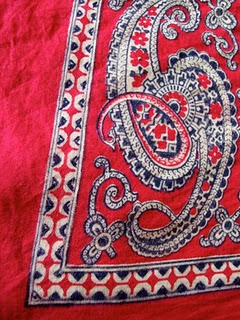
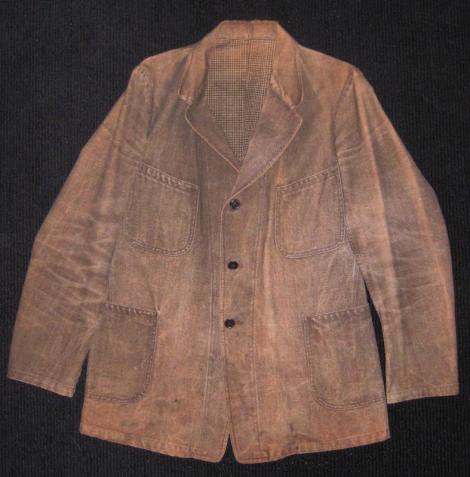

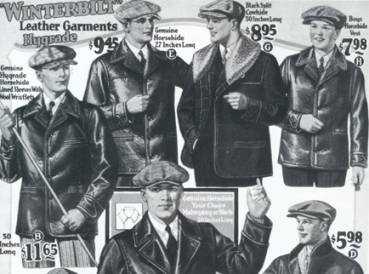


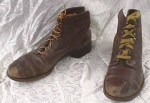
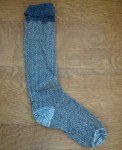
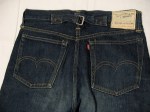

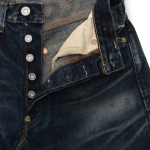







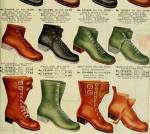

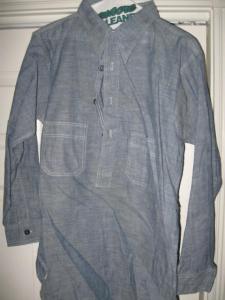
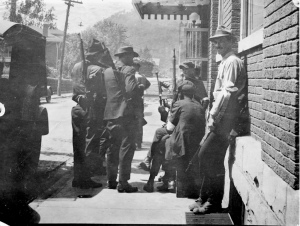
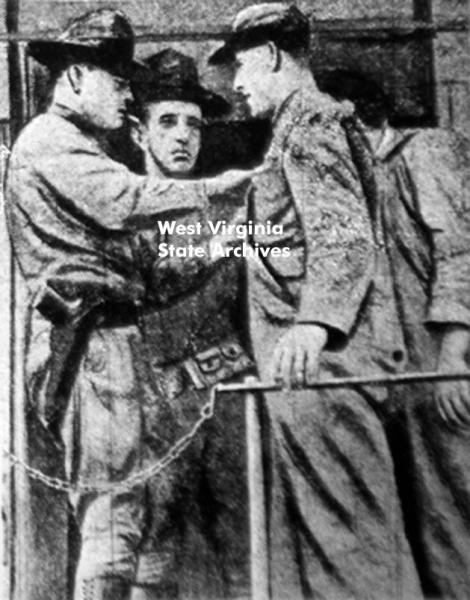
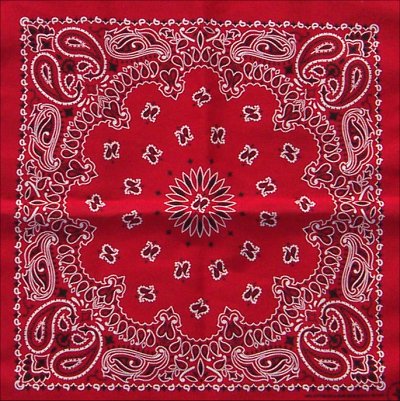
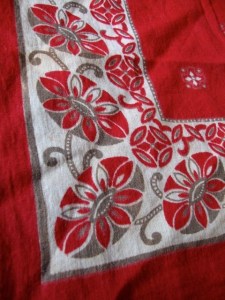
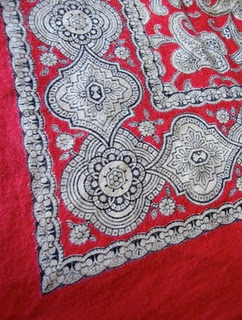


You must be logged in to post a comment.